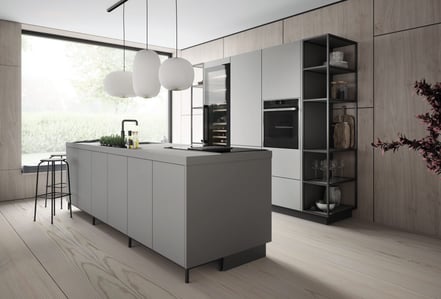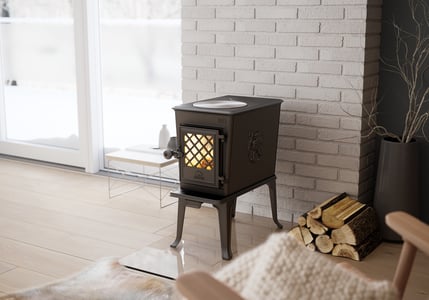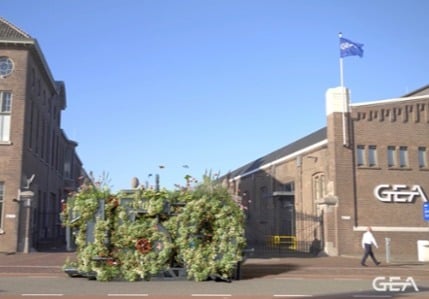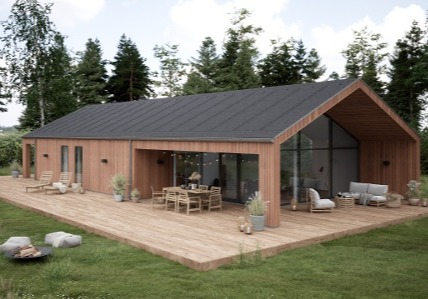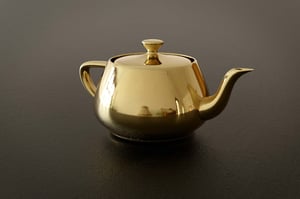
3D product modeling
- 01 How to get started
- 02 Where to use
- 03 Why 3D modeling
- 04 Experienced partner
- 05 Next steps
A model for any need
Depending on what you need to use your 3D model for, we can create either a high end model or a low poly model. Where high end models allow you to get photorealistic marketing materials, low poly models enable you for interactive experiences with your customers.
More about these to follow.
Where to use the models
The short answer is: anywhere and everywhere. We mean it when we say we offer "endless visual possibilities". That's why we create both high end and low poly versions. You need to have the right starting point for your 3D journey. Usually, you start with a high end model, because it is easier to convert to a low poly model than the other way around.
Why 3D modeling is the right fit for you
3D modeling is the ideal fit for many companies within many lines of business. Our experience tells us that some of the reasons people prefer 3D are:
- it can illustrate heavy/complex/expensive products without any installation needed
- it ensures you are ready to go to market when you planned - or sooner
- you can illustrate complex products and their functions because you can show the product from the outside, inside or while it's doing its job
- it can be an alternative to expensive photoshoots with many parties and uncertainties involved
- in 3D, there is no bad weather (unless that's what you want), no flight expenses, no one sick on the day set up for the photo shoot. All uncertainties are gone.
Why 3D with us?
With 30 years of experience, we're able to give you the models you need right now. And we can also help predict what you will need in the future to make sure you choose the right fit for you now that will benefit you in years to come.
What's next?
High-end product modeling
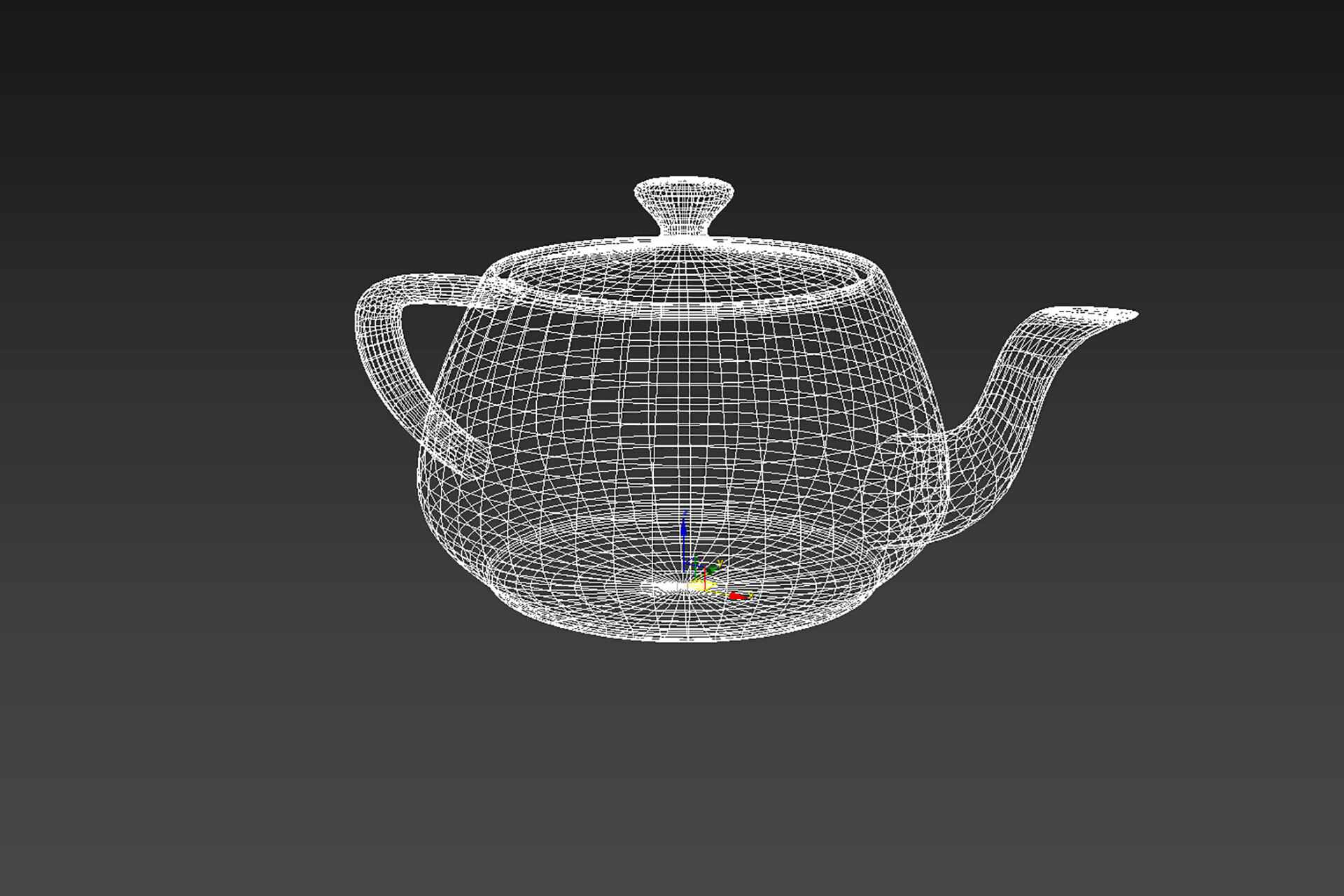
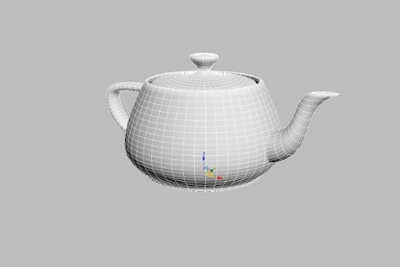
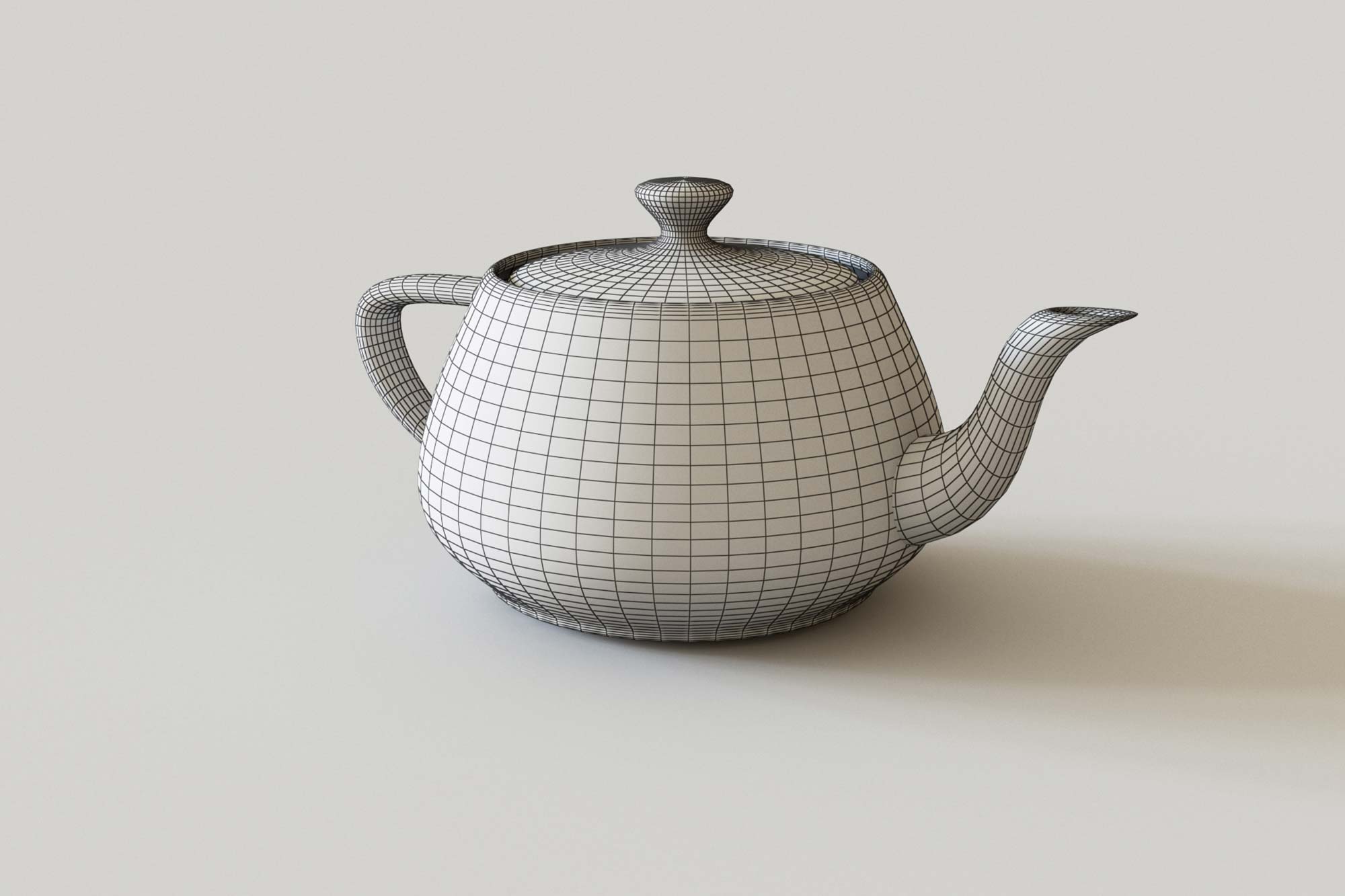
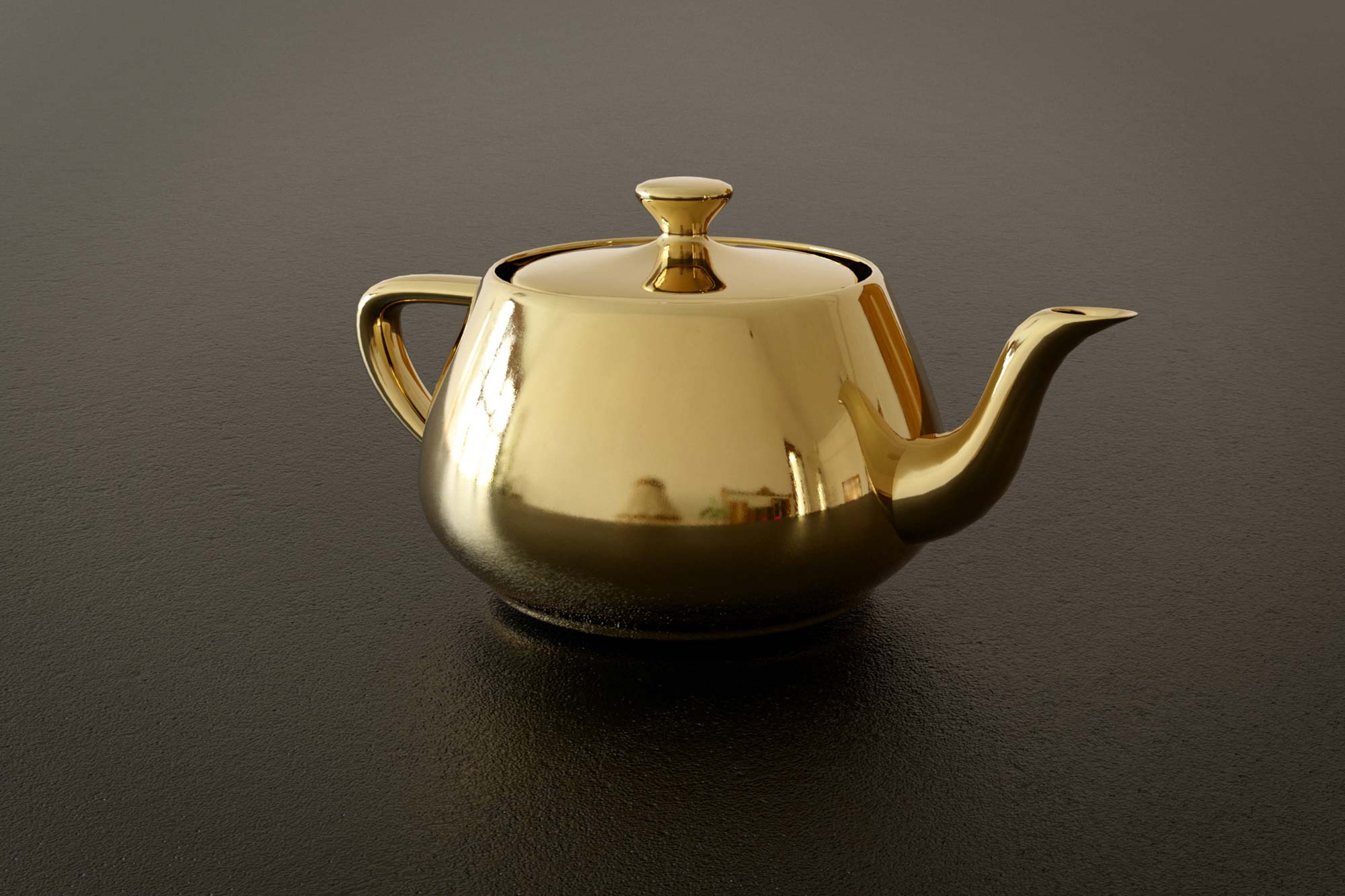
No worries, just pure quality
Photoshoot alternative
This image is an example of an exterior image created with a high end model and a location that would not be easily accessible in the real world.
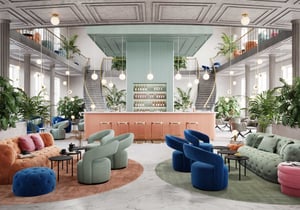
What is low poly modeling?
One of the qualities of 3D modeling is that your high end 3D model can be used in many different connections. One of the things you can do with your 3D model to benefit from its many advantages is implementing it in an interactive setting for your user to explore your product.
What a lot of these options have in common is that your 3D model becomes a low poly model to meet the requirements of the employed software. Allow us to elaborate…
When we mention the word “poly”, it refers to polygons. Without getting too much into the technical specifications, a 3D model is made from a lot of polygons. And the more polygons, the more detailed the model becomes. But more detailed models also mean larger files which are not ideal for any interactive solutions because it makes the software too slow which compromises the functionality of it. When you do have people’s attention and get them to try your product in an interactive setting, you need to compromise a bit on the quality in order to get intuitive and fast software that the user will find entertaining without any system disturbances during interaction.




